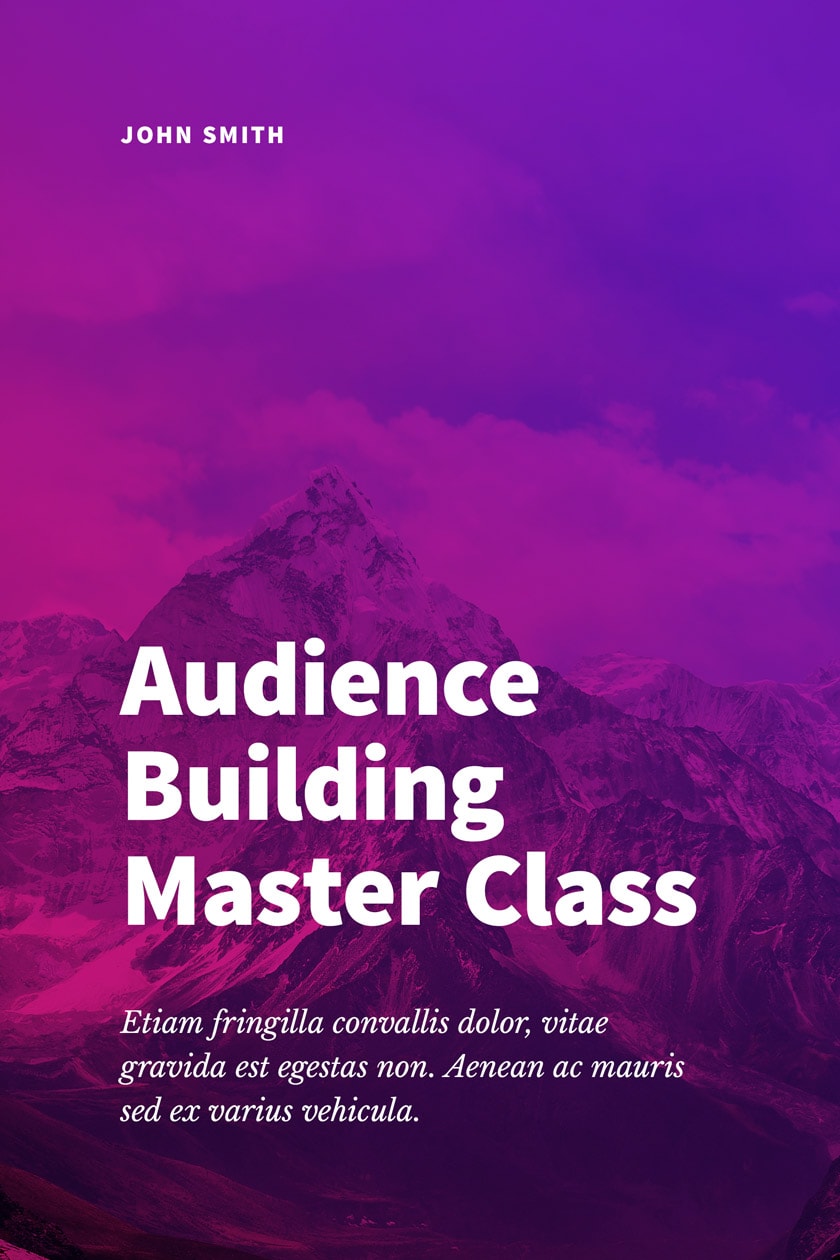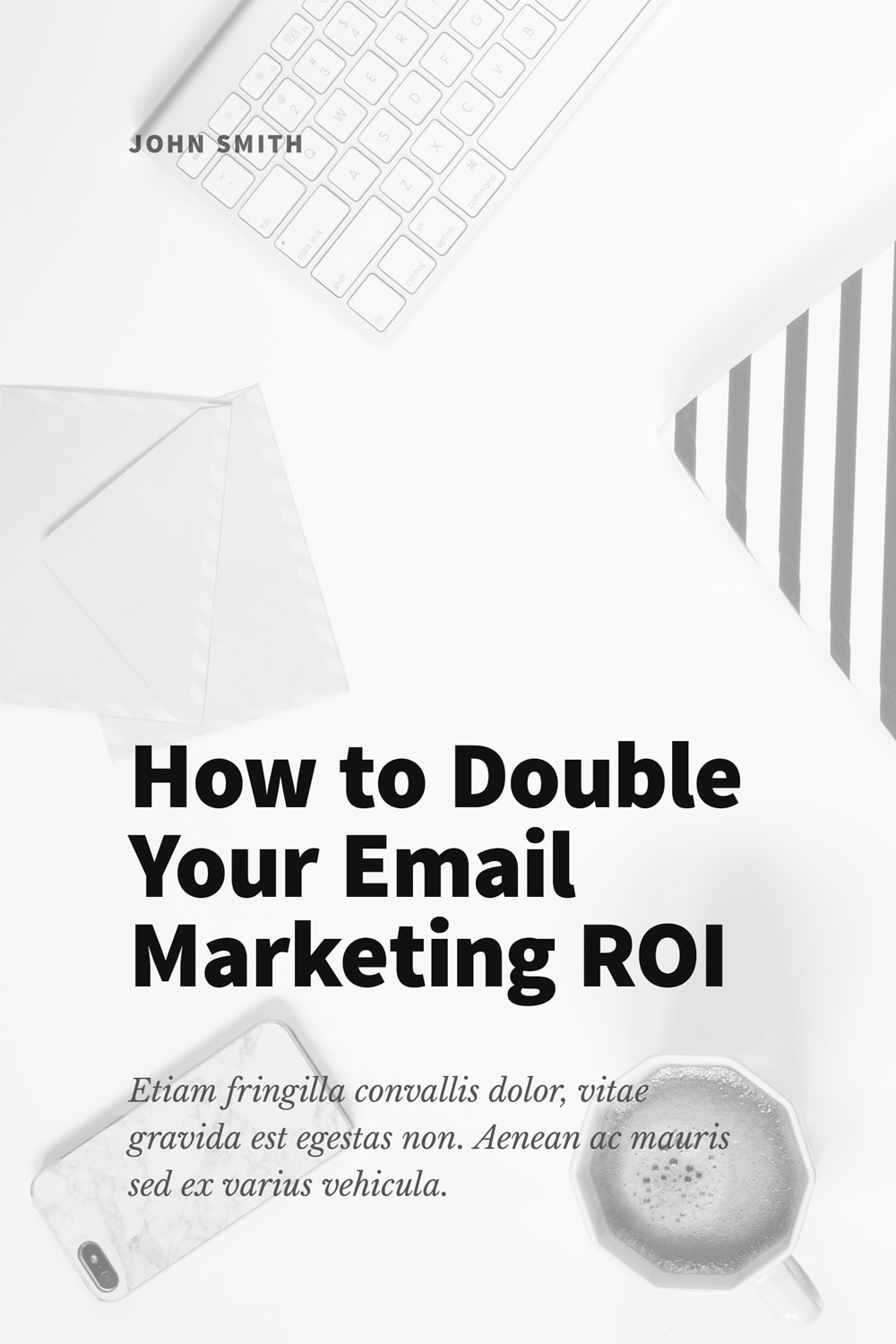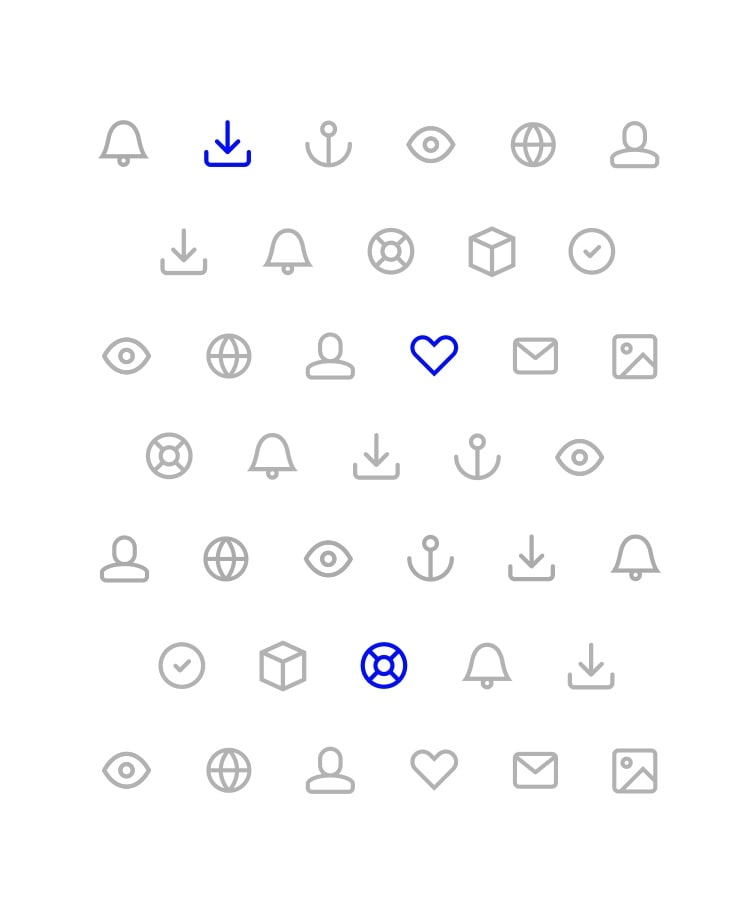As featured in:






Start Here
All the resources, training, and support you need to run
your dream online business!

The FREE Audience Building Master Class
This is an example of a paragraph, you could edit this to put information about yourself so or your business.
Kelly’s course helped me to grow my email list from 500 to over 10,000 subscribers—all within 3 months!
Jane, Food blogger

Learn How to Get More Out of Your Email Marketing
This is an example of a paragraph, you could edit this to put information about yourself so or your business.
I started using Kelly’s email marketing technique and it helped me to make $5,000 more a month without any extra work!
Rob, copywriter

Join the Community
This is an example of a paragraph, you could edit this to put information about yourself so or your business.
The Blog
Build your authority by reading the premier publishing resource for online marketers and creative entrepreneurs.
From Sketches to Strategies: My Path to Helping Leaders Secure Top Design Talent
I still remember the day I traded my design toolkit for a seat at the hiring table. I’d been working in product design for…
Continue Reading From Sketches to Strategies: My Path to Helping Leaders Secure Top Design Talent
Closing the Pay Gap: Empowering Designers with Effective Salary Negotiation Strategies
As a designer turned design recruiter, I’ve had the privilege of building design leadership teams for various organizations. This journey has revealed not just…
